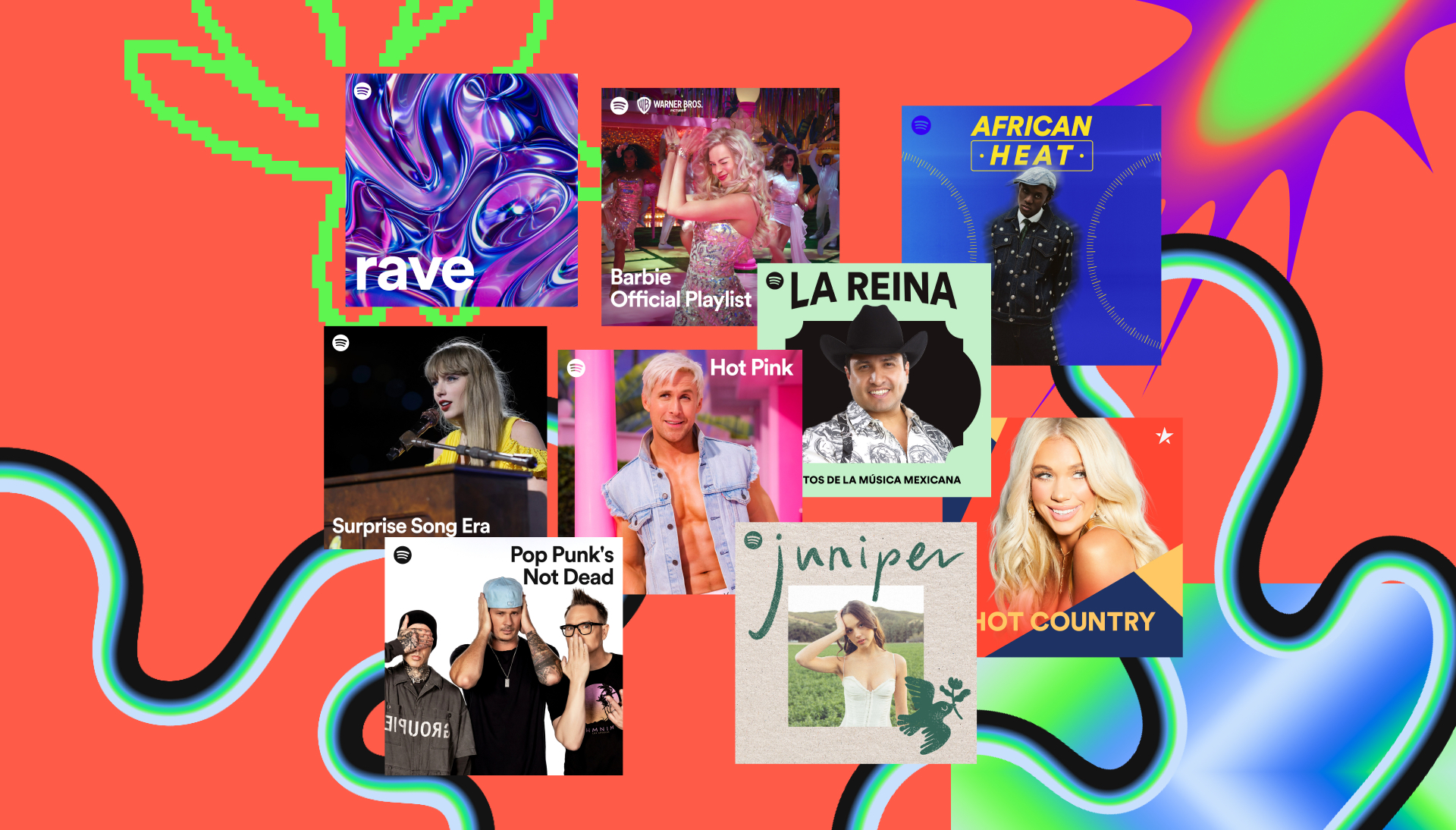
With another year coming to a close, Spotify is back with your personalized Wrapped, our annual recap of your listening highlights from the past 12 months that includes your top songs, artists, and podcasts, as well as your most distinct streaming habits. But we’re also taking a step back and looking at 2023’s biggest music trends on Spotify.
Thanks to the in-the-know editors responsible for creating our editorial playlists as part of the Global Curation Groups, the most iconic musical moments of the year were reflected on Spotify. Whether it was blockbuster movie soundtracks that grabbed the world’s attention, viral social media moments that bubbled up to the mainstream, or classic genres finding new fans in Gen Z, our experts were on top of it all.
For the Record sat down with our editorial team and got the scoop.
Peso Pluma and Música Mexicana go mainstream
RADAR US artist Peso Pluma made himself known to the world in March with his feature on Eslabon Armado’s “Ella Baila Sola.” Fast-forward to now, and that song is one of the top-five most-streamed songs of 2023 globally—and is about to hit Spotify’s Billions Club. Meanwhile, the Música Mexicana genre at large has enjoyed a surge in popularity, dominating the global charts this summer.
Explore this trend on: Lo Mejor de La Reina 2023, Corridos Perrones, Corridos Tumbados, Today’s Top Hits
Folk rising
In 2023, a slew of indie artists emerged with folk-inspired albums including Mitski, Toro Y Moi, and boygenius. Plus, we heard new folk voices like Searows and 2024 Best New Artist Noah Kahan.
Explore this trend on: Indie Twang, Juniper
Shoegaze returns courtesy of Gen Z
Shoegaze has been around since the late ’80s, but it experienced a resurgence in 2023 among Gen Z, who found new bands like Wisp as well as aughts stalwarts like Panchiko.
Over the past year, the genre has thrived within various Gen Z internet communities that have fostered pockets of interest and given birth to exciting new acts. Perhaps unknowingly, the emerging class of neo-shoegaze artists is contributing to genre diffusion, blending techniques from various music genres to create something fresh and unique.
Explore this trend on: Shoegaze Now, IRL Angel
Rema carries Afrobeats into Spotify’s Billions Club
Rema has been a hitmaker in Africa since 2019, but it was a collaboration with Selena Gomez on “Calm Down (Remix)” that shot him to international fame in 2023. The global smash earned the Afrobeats star a Grammy nomination, as well as a spot in our highly coveted Billions Club, making “Calm Down” the first African artist-led track to do so.
Explore this trend on: African Heat, Billions Club, Today’s Top Hits
Taylor Swift’s eras on tour
Taylor Swift | The Eras Tour kicked off in March and was the live-music event of the year. Taylor not only picked songs from all 10 of her studio albums to perform in a stunning three-hour show, but she also set aside time each night for acoustic performances of two surprise songs. And according to Taylor’s rules, no two songs could be repeated unless she messed it up the first time. To capture this epic moment, we collected all of the surprise songs in a playlist, which was updated every weekend during the U.S. leg of her tour.
Explore this trend on: Surprise Song Era
Troye Sivan and Hyunjin’s IRL friendship
This past summer, Troye Sivan posted a TikTok that went viral about trying to find Hyunjin of Stray Kids. We joined in on the fun with a playlist and they eventually collabed on a remix of “Rush,” which also featured PinkPantheress.
Explore this trend on: what a moment
Peggy Gou takes house music to the top of the charts
House, one of the original genres of dance music, has grown in popularity since the pandemic. This summer, we saw massive house hits resonate with fans internationally, including Peggy Gou‘s “(It Goes Like) Nanana.”
Other huge moments for house music include artists like Fred again.., Black Coffee, Chris Lake, and FISHER, who are breaking records around the world, and breakthrough opportunities for exciting artists like LP Giobbi, John Summit, and Dom Dolla
Explore this trend on: Umami, Housewerk presents…Best House of 2023, Summer House
It’s a Barbie world
Ahead of the Barbie release this summer, we saw “Barbiecore” aesthetics manifest in the pop culture zeitgeist. Once we got word that Barbie was going to feature a star-studded soundtrack with hits like Nicki Minaj, Ice Spice, and Aqua’s “Barbie World” and Dua Lipa’s “Dance The Night,” we brought all things Barbie to life on Spotify through the “pinkification” of several playlist covers, new editorial playlists, and partner playlists.
Explore this trend on: Hot Pink, Barbie Official Playlist
Hyper techno surges
There was an influx of high-BPM dance pop songs in general, and with it came a new wave of tracks that showcased a harder sound using classic techno and big room beats and basslines. We saw a surge in streams—especially from European Gen Zs—of techno-infused songs like Niklas Dee’s “Not Fair,” Creeds’ “Push Up,” and BENNETT’s “Vois sur ton chemin.”
Explore this trend on: rave, techno party
Jersey Club is everywhere
Jersey Club production became ubiquitous not only in U.S. hip-hop but around the world. We also saw the genre’s influence find its way into K-Pop and thoughtful electronic music. Pioneers such as DJ Smallz 732, UNIIQU3, and Cookiee Kawaii were tapped to remix some of 2023’s biggest hits, and newcomers such as Kanii, keltiey, and Lay Bankz staked their claims as names to watch.
Explore this trend on: Jersey Club Heat presents…Best Jersey Club Songs of 2023
Tyla’s turns her viral moment into crossover success
South Africa’s Amapiano sound has been winning the hearts of electronic and dance fans after TikTok dances and DJ mixes helped it go viral in 2020. In 2023, RADAR Africa artist Tyla took her career to the next level, blending her R&B sound with Amapiano and South African dance genre Bacardi house on her hit song “Water.” After Spotify Africa’s partnership with the Giants of Africa Festival—a basketball event in Rwanda where Tyla’s viral dance was first seen—many posted their own versions of the dance challenge on social media, which led to “Water” skyrocketing around the world and earning a feature from Travis Scott on the remix.
Explore this trend on: RNB X, RADAR Africa, African Heat, RADAR Global
Women run hip-hop
Female rappers continued their reign in 2023, with top names like Nicki Minaj, Doja Cat, Latto, Ice Spice, Kaliii, Doechii, and the year’s breakout star, Sexyy Red, making some of the most creative and worthwhile hip-hop this year.
Explore this trend on: RapCaviar presents…Best Hip-Hop Songs of 2023, Feelin’ Myself
Pop-punk’s greatest legends return
We witnessed the resurgence of pop-punk’s most iconic figures with mainstays like Fall Out Boy, Sum 41, Green Day, and Neck Deep returning in 2023 with a taste of new music. Additionally, blink-182 welcomed back Tom DeLonge and embarked on a global tour to celebrate their new album, ONE MORE TIME….
Explore this trend on: Pop Punk’s Not Dead
The nu-metal revival continues
Nu-metal and alternative metal have made triumphant returns this year, with a younger audience discovering and devouring the catalogs of bands like Deftones, Korn, Slipknot, and more. Additionally, we’re seeing a wave of new nu-metal songs from rising artists who are embracing the sound and paying homage to their predecessors.
Explore this trend on: new nü, ALLURE
Alt country crosses over
This trend in country music had a slow build that reached new heights with the release of RADAR US artist Zach Bryan’s American Heartbreak in 2022, and took off 2023 with hits like Dylan Gossett’s “Coal.” This acoustic, gritty sound was typically reserved for alternative country and folk playlists in the past, but it has fully moved into the mainstream with songs that have been fan favorites across our flagship playlists.
Explore this trend on: Hot Country presents…Best Country Songs of 2023, Hot Hits USA, Today’s Top Hits, homegrown
Looking for more of the songs that have left their stamp on 2023? Check out our flagship playlist Today’s Top Hits.




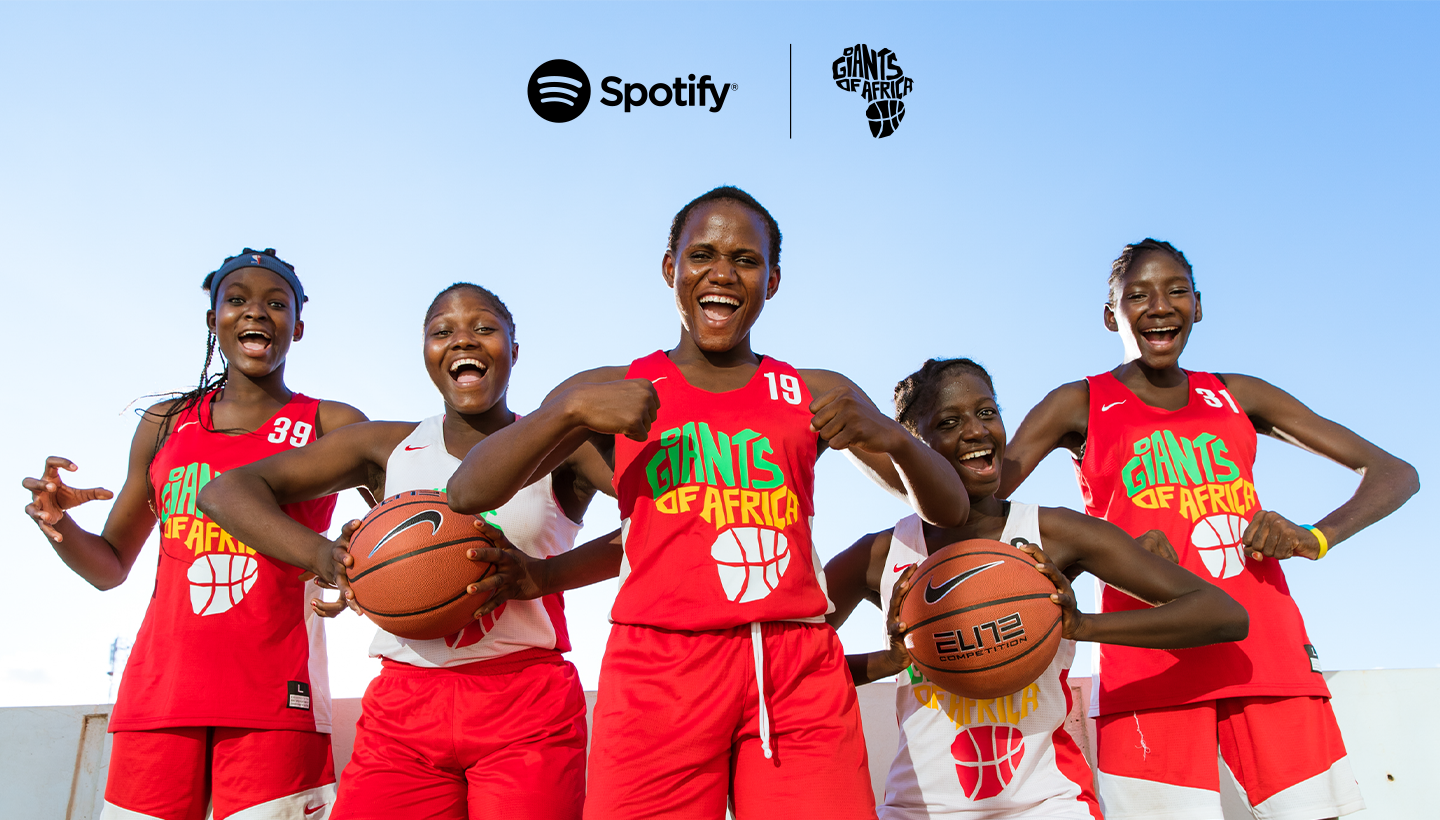



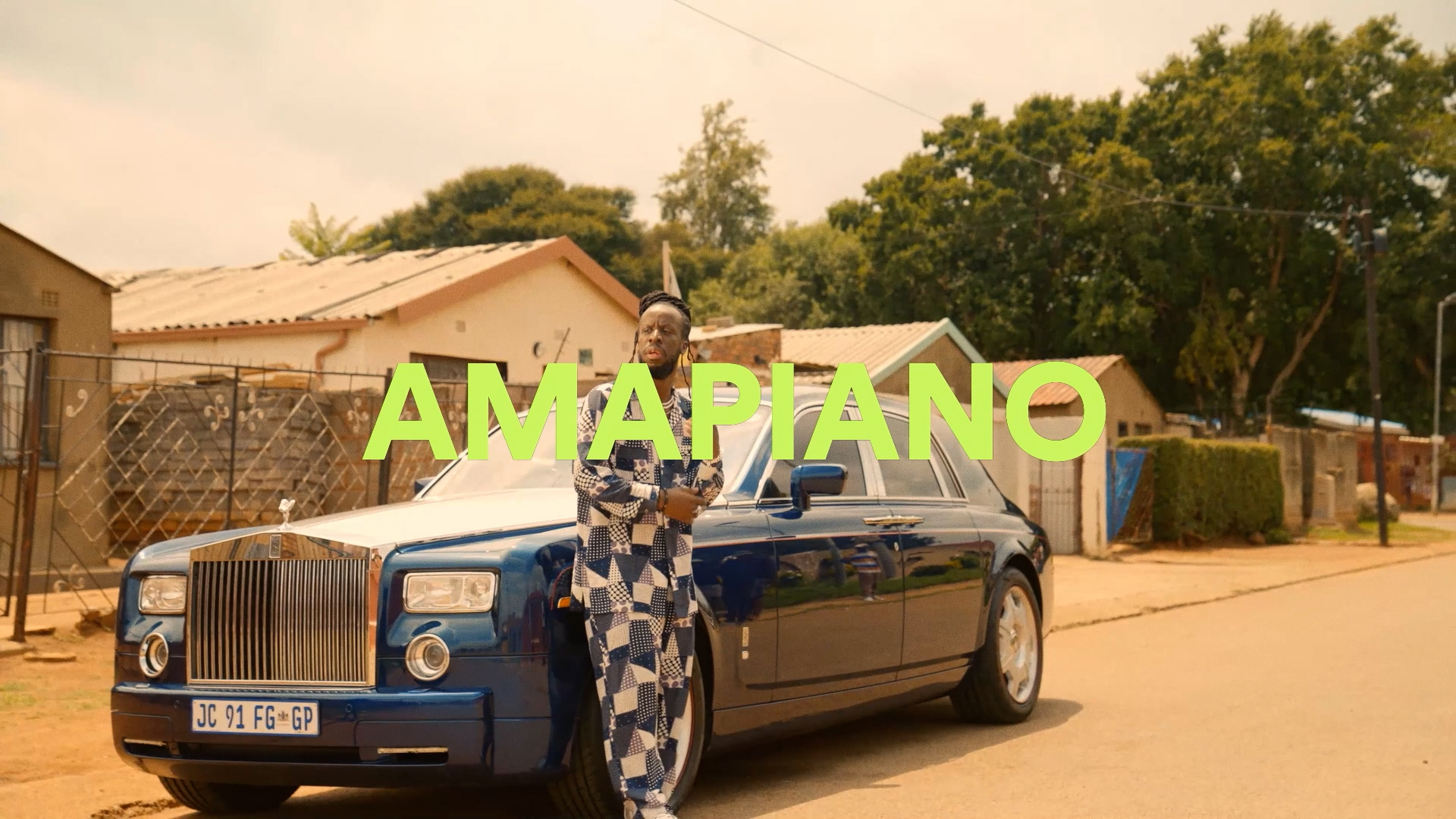
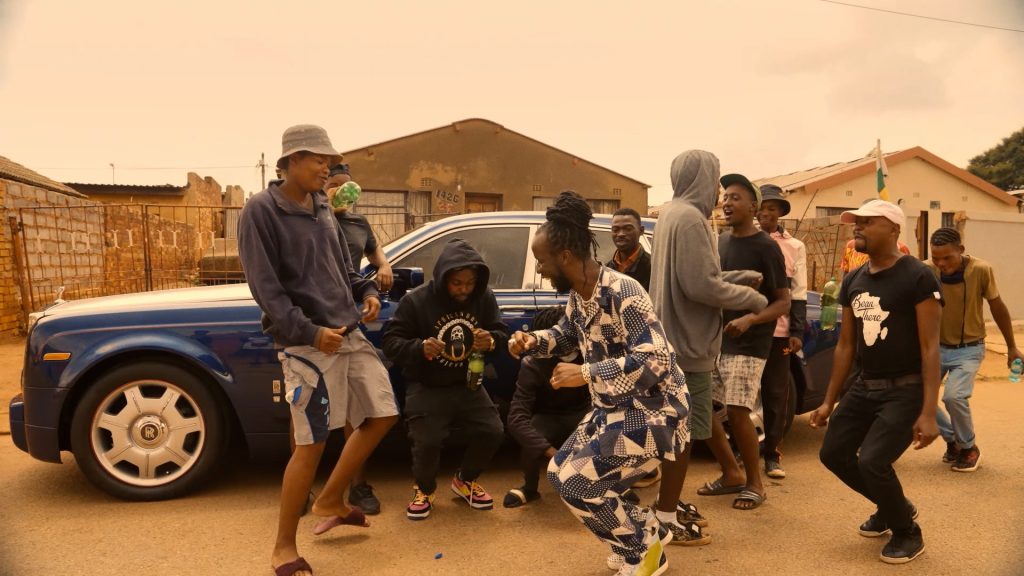

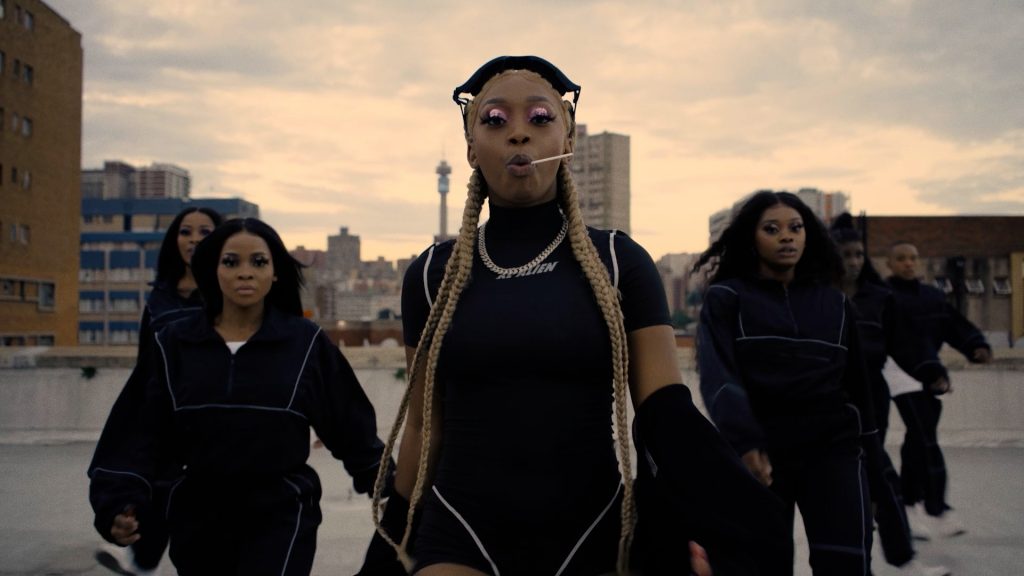
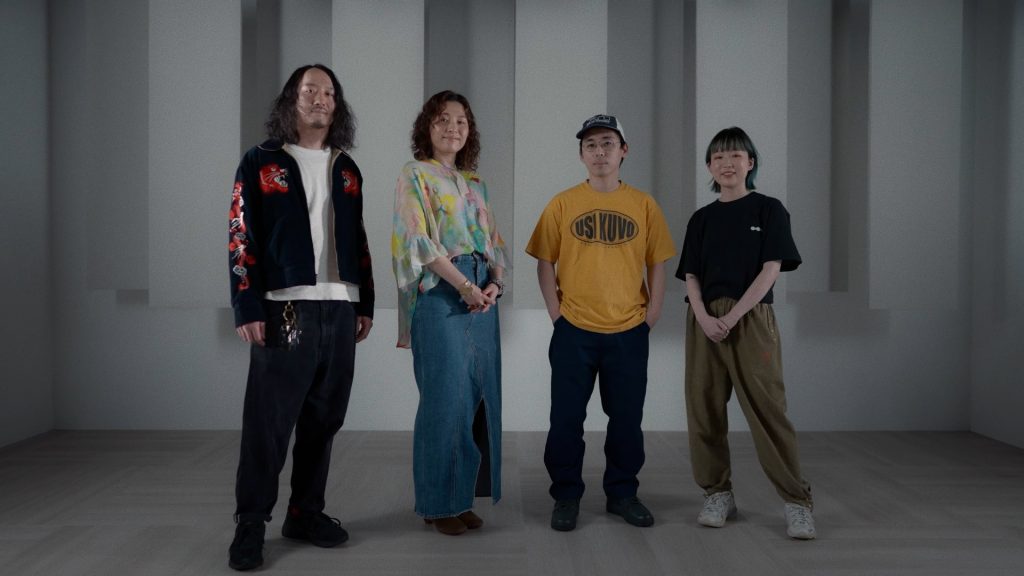
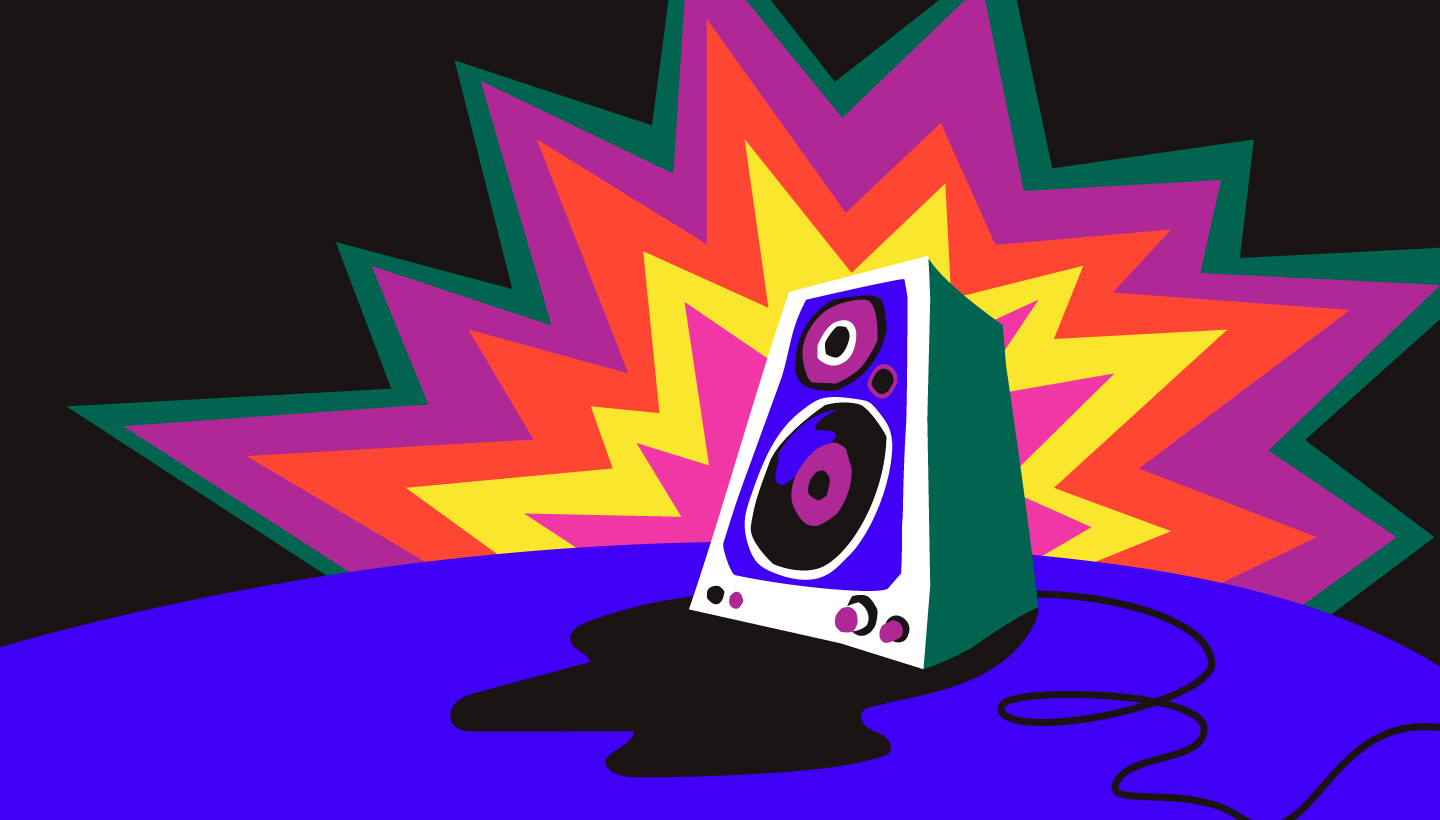
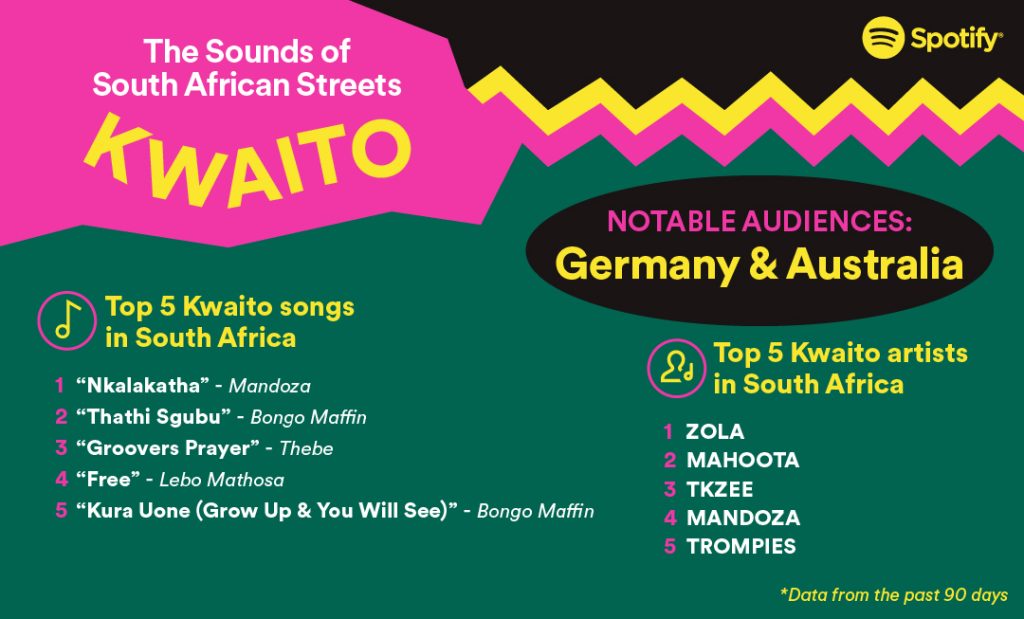

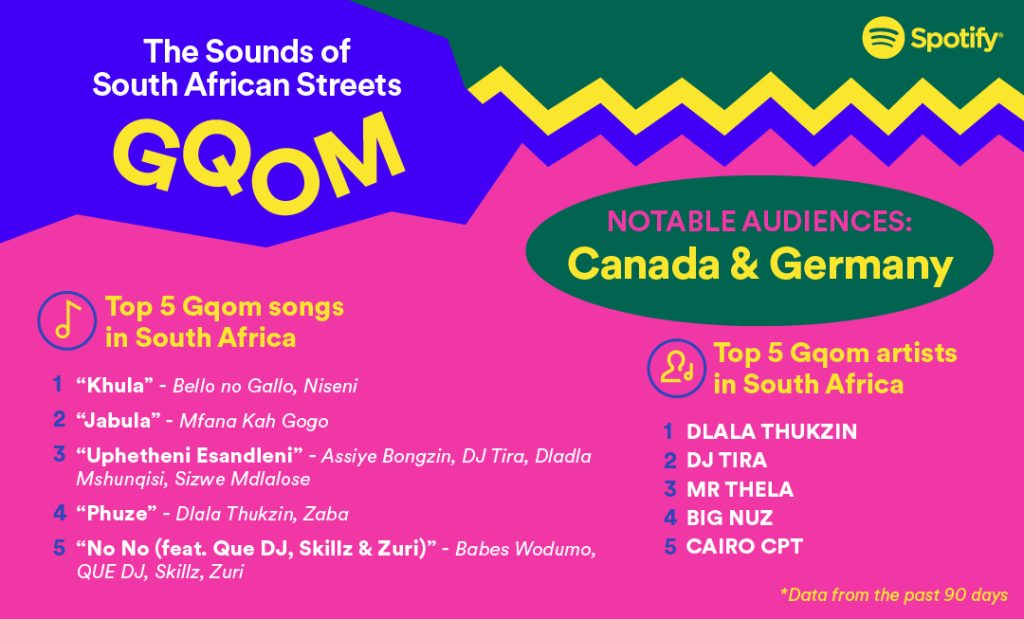

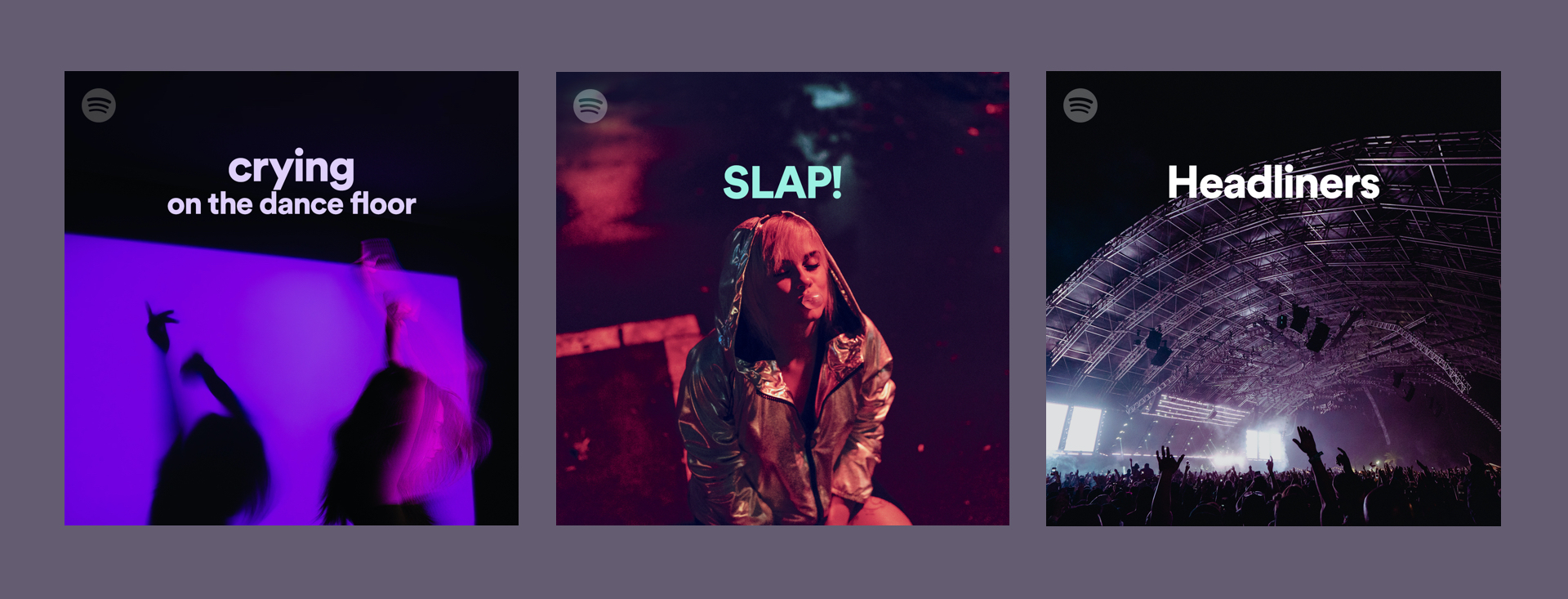



Recent Comments